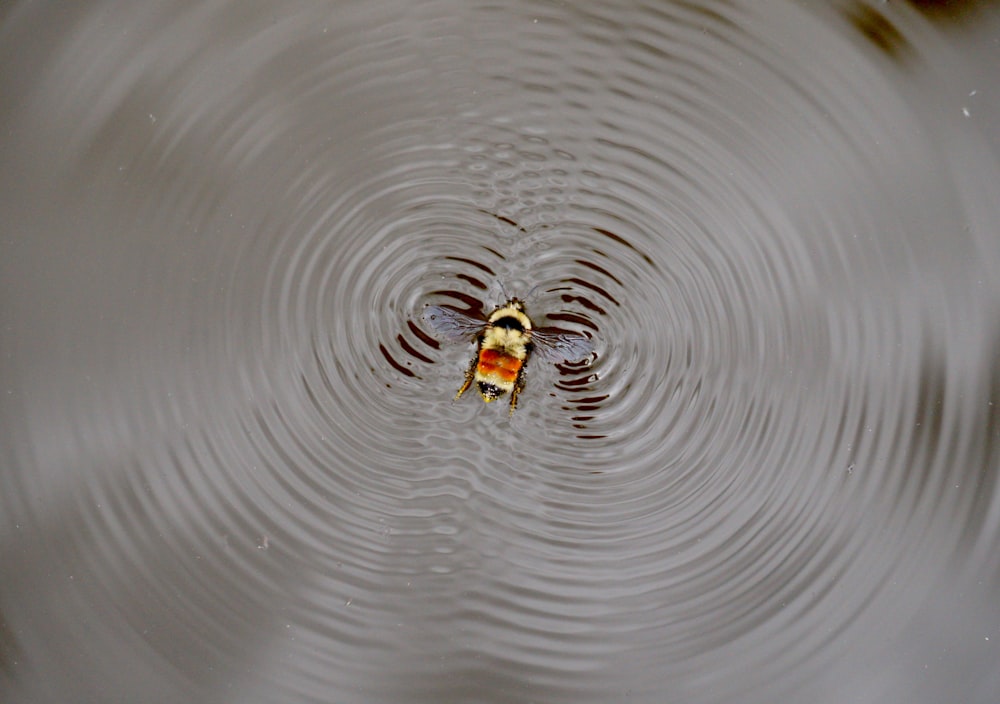目次
振動刺激がパーキンソン病のすくみ足に有効?
パーキンソン病の歩行トレーニングを行う際に困ることが多いのがすくみ足です.
すくみ足の改善に効果的な介入についてもこれまで多くの報告があります.
今回は振動刺激がパーキンソン病のすくみ足の改善に有効かどうかを検討した報告をご紹介させていただきます.

今回ご紹介する論文
J Neurol. 2023 Jul;270(7):3424-3432. doi: 10.1007/s00415-023-11663-9. Epub 2023 Mar 21.
Good vibrations: tactile cueing for freezing of gait in Parkinson’s disease
E C Klaver 1 2, J P P van Vugt 3, B R Bloem 4, R J A van Wezel 5 6, J Nonnekes 7 8, M C Tjepkema-Cloostermans 3 9
Affiliations expand
PMID: 36944760 PMCID: PMC10267272 DOI: 10.1007/s00415-023-11663-9
今回ご紹介する論文は2023年に掲載された論文です.
研究の背景
Background: Cueing strategies can alleviate freezing of gait (FOG) in people with Parkinson’s disease (PD). We evaluated tactile cueing delivered via vibrating socks, which has the benefit of not being noticeable to bystanders.
キューイング戦略はパーキンソン病(PD)のすくみ足(FOG)を緩和することができるとされております.
この研究では振動ソックスによる触覚キューイングによるすくみ足改善効果を明らかにすることを目的としております.
研究の目的
Objective: To evaluate the effect of tactile cueing compared to auditory cueing on FOG.
この研究ではすくみ足に対する触覚的キューイングの効果を聴覚的キューイングと比較することを目的としております.
研究の方法
Methods: Thirty-one persons with PD with FOG performed gait tasks during both ON and OFF state. The effect of open loop and closed loop tactile cueing, as delivered by vibrating socks, was compared to an active control group (auditory cueing) and to a baseline condition (uncued gait). These four conditions were balanced between subjects. Gait tasks were videotaped and annotated for FOG by two experienced raters. Motion data were collected to analyze spatiotemporal gait parameters. Responders were defined as manifesting a relative reduction of > 10% in the percent time frozen compared to uncued gait.
すくみ足を有する31例のパーキンソン症例を対象としてONとOFFの両方の状態で歩行課題を行っております.
振動ソックスによるオープンループおよびクローズドループの触覚キューイングの効果を,能動的対照群(聴覚キューイング)およびベースライン条件(キューイングなし歩行)と比較しております.
これら4つの条件は,被験者間で統制されております.
歩行課題はビデオ撮影され,2名の経験豊富な評価者によってすくみ足の評価が行われております.
時空間歩行パラメータを分析するためにモーションデータを収集しております.
対照条件と比較して,すくみ足の時間の割合が10%以上相対的に減少した場合を介入効果があったものと定義しております.
研究の結果
Results: The average percent time frozen during uncued gait was 11.2% in ON and 21.5% in OFF state. None of the three tested cueing modalities affected the percentage of time frozen in either the ON (p = 0.20) or OFF state (p = 0.12). The number of FOG episodes and spatiotemporal gait parameters were also not affected. We found that 22 out of 31 subjects responded to cueing, the response to the three types of cueing was highly individual.
対照条件の歩行中のすくみ足の平均はON状態で11.2%,OFF状態で21.5%でありました.
試験を行った3つのキューイングモダリティのいずれもON状態(p = 0.20)またはOFF状態(p = 0.12)ですくみ足の時間割合に影響を与えませんでした.
すくみ足エピソード数と時空間歩行パラメータにも影響は見られませんでした.
31例中22例がキューイングに反応しておりましたが,3種類のキューイングに対する反応には大きな個人差が見られました.
研究の結論
Conclusions: Cueing did not improve FOG at the group level; however, tactile as well as auditory cueing improved FOG in many individuals. This highlights the need for a personalized approach when using cueing to treat FOG.
触覚および聴覚によるキューイングは多くの症例ですくみ足の改善につながりました.
この結果はすくみ足の治療にキューイングを用いる場合,症例に合わせたアプローチが必要であることを示唆する結果だと考えられます.
今回は振動刺激がパーキンソン病のすくみ足の改善に有効かどうかを検討した報告をご紹介させていただきました.
今回の結果から考えるとすくみ足に対するさまざまなキューイングも対象者によって効果が異なるとなるということですね.
対象者毎に感覚刺激に対する反応の相違を確認したうえで対応することが重要でしょうね.






